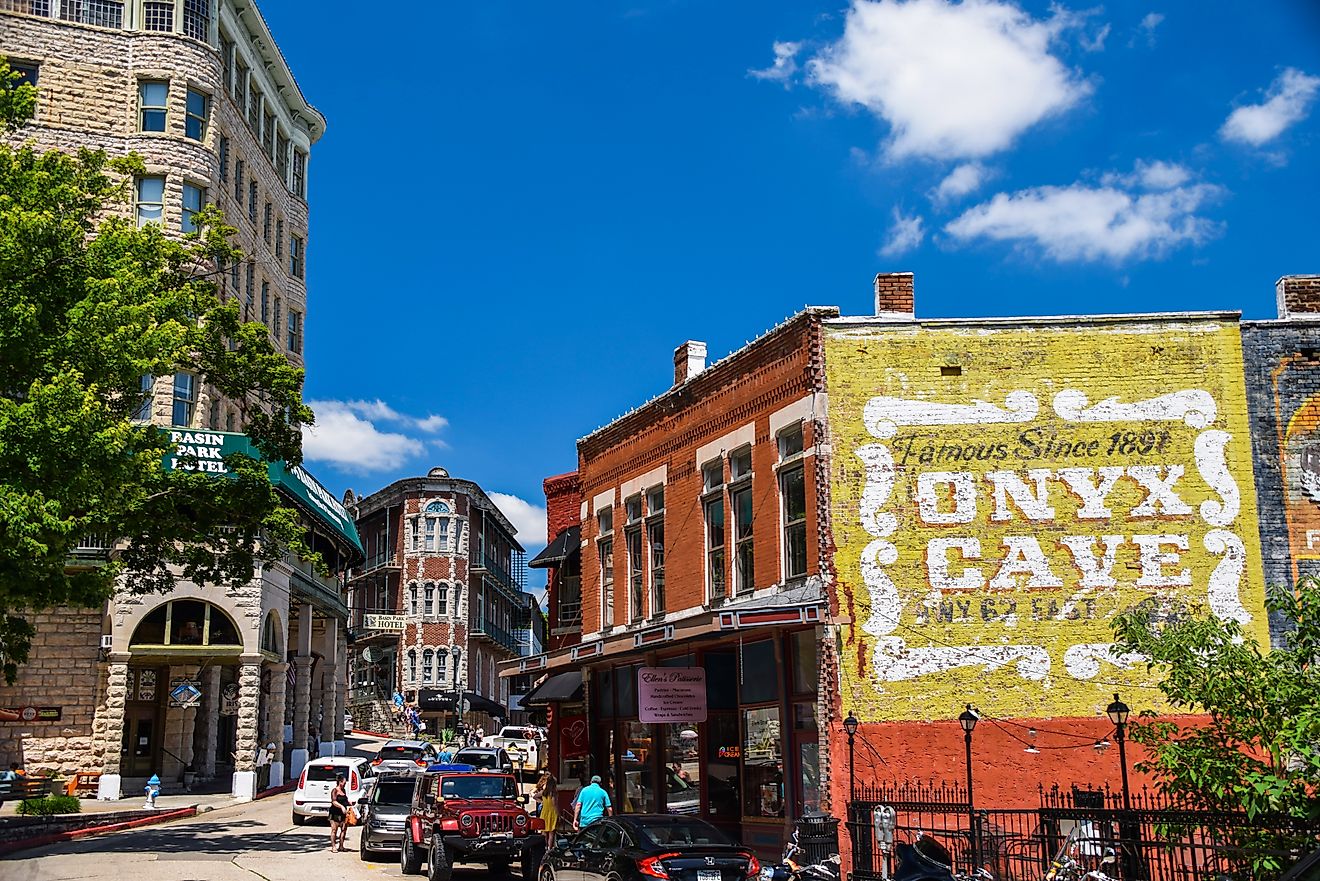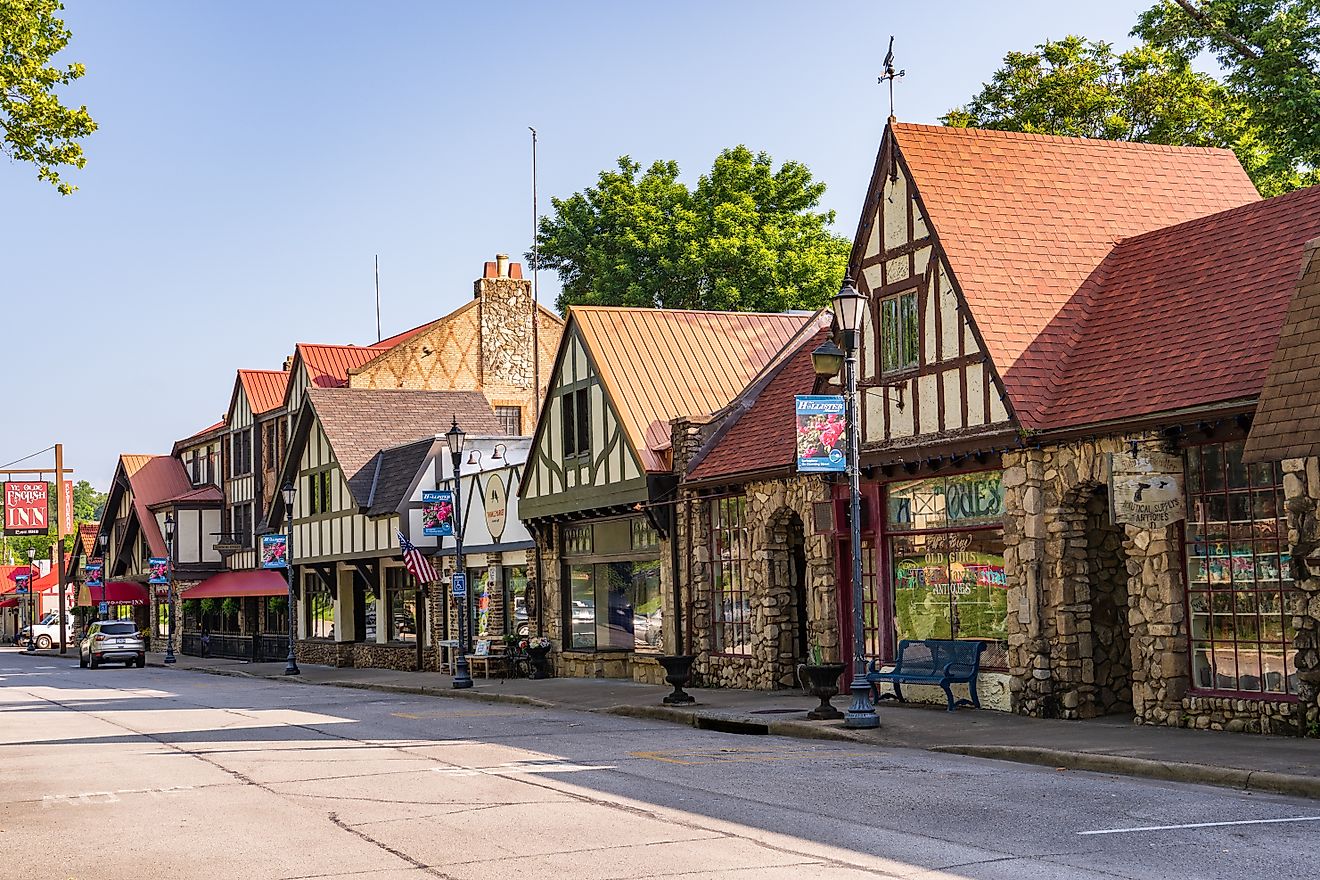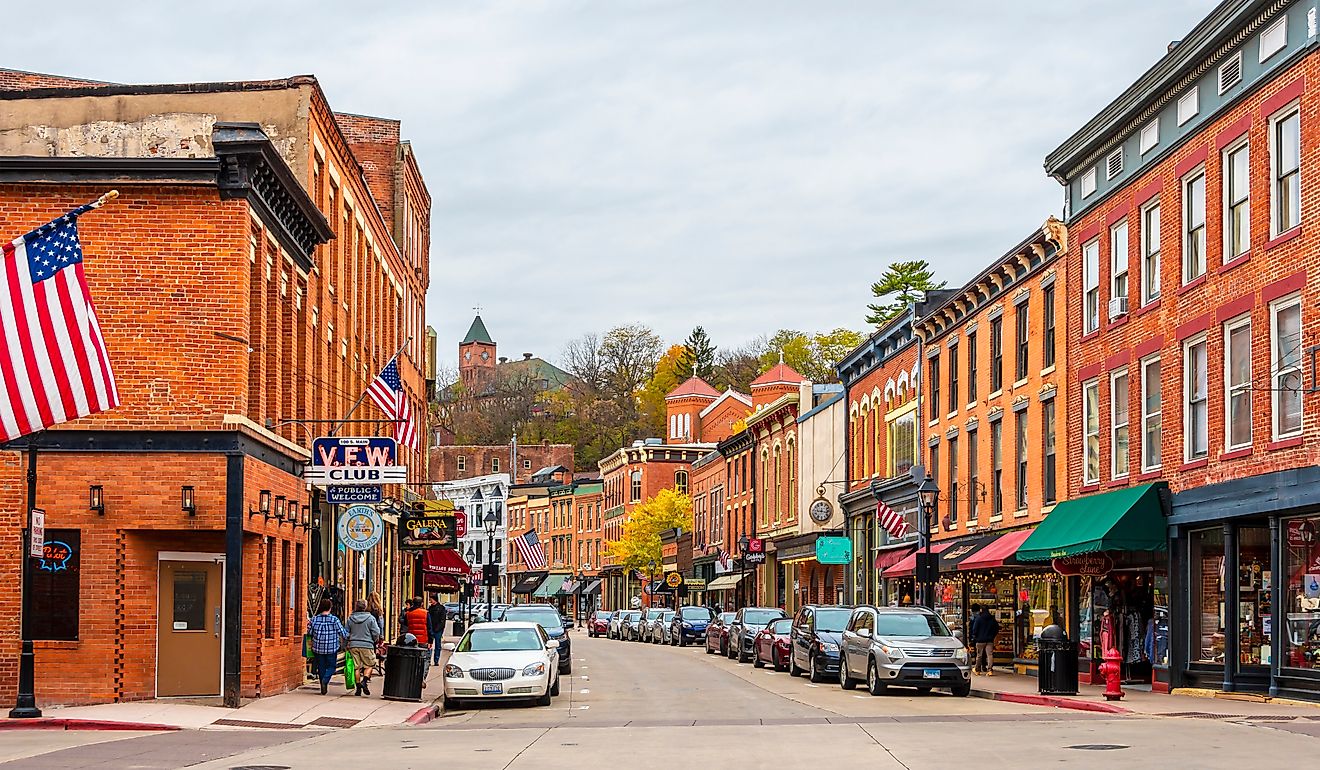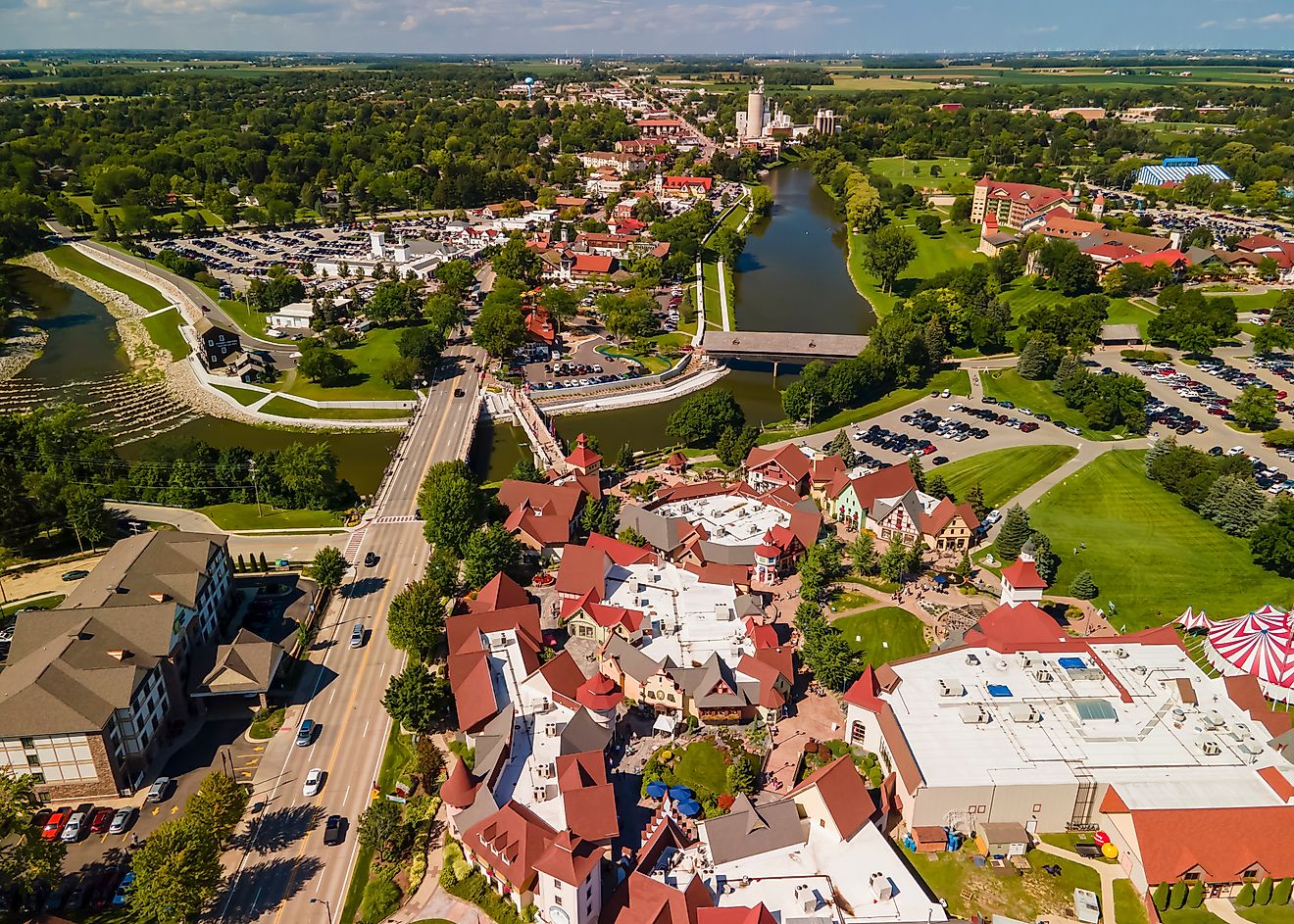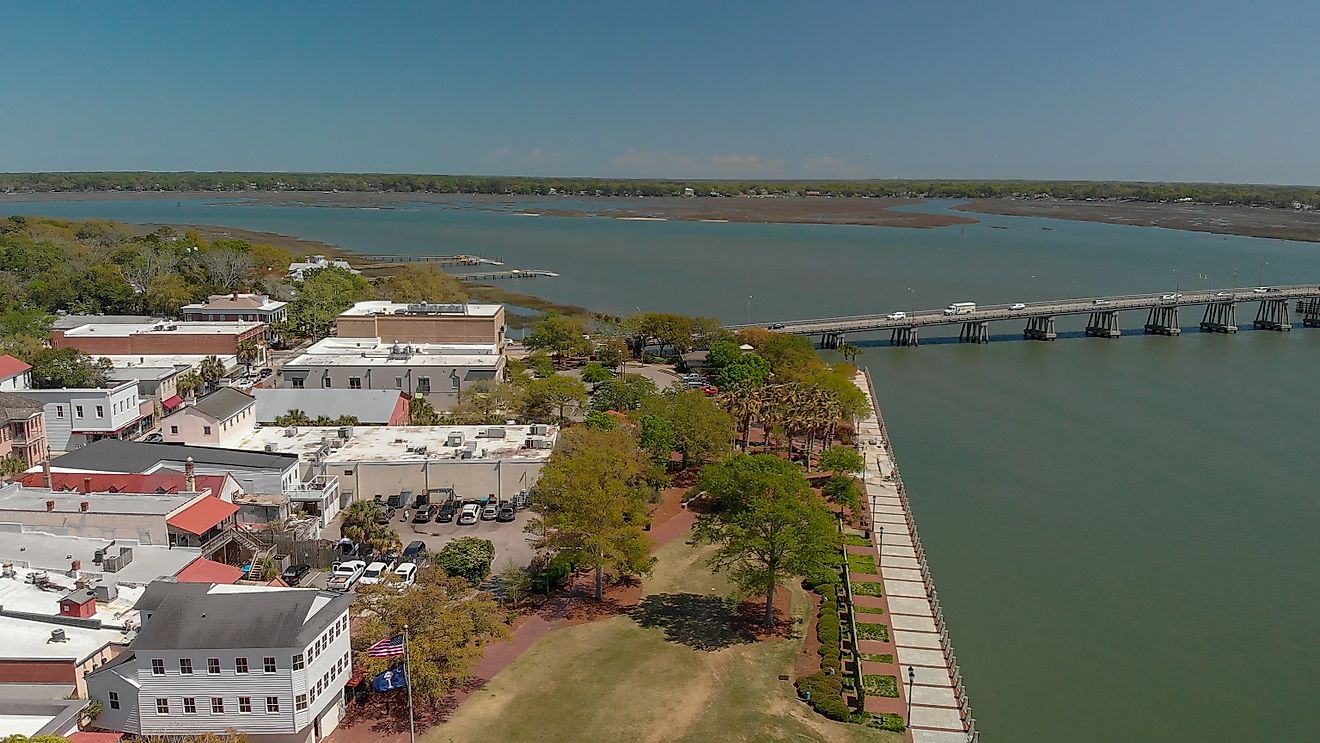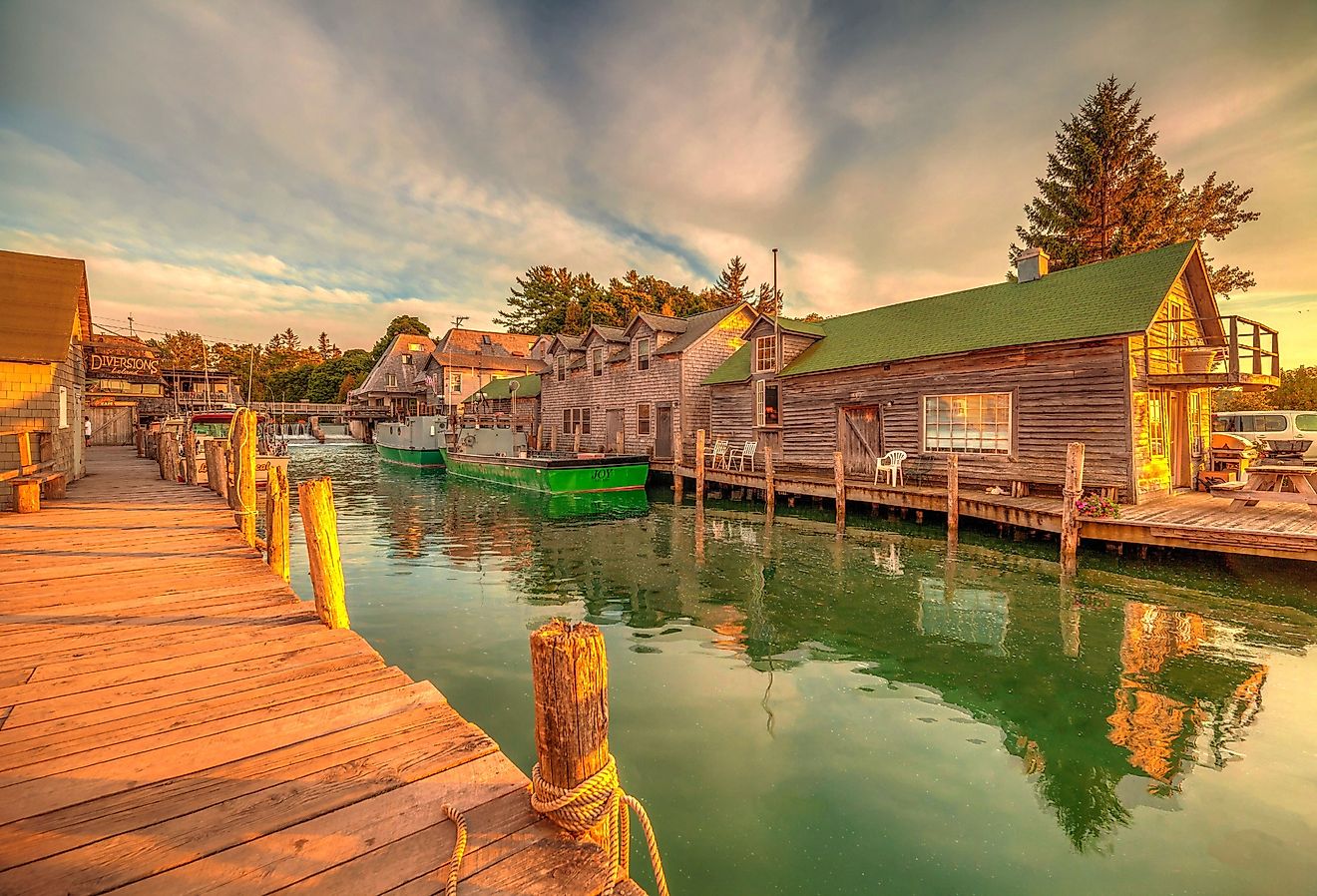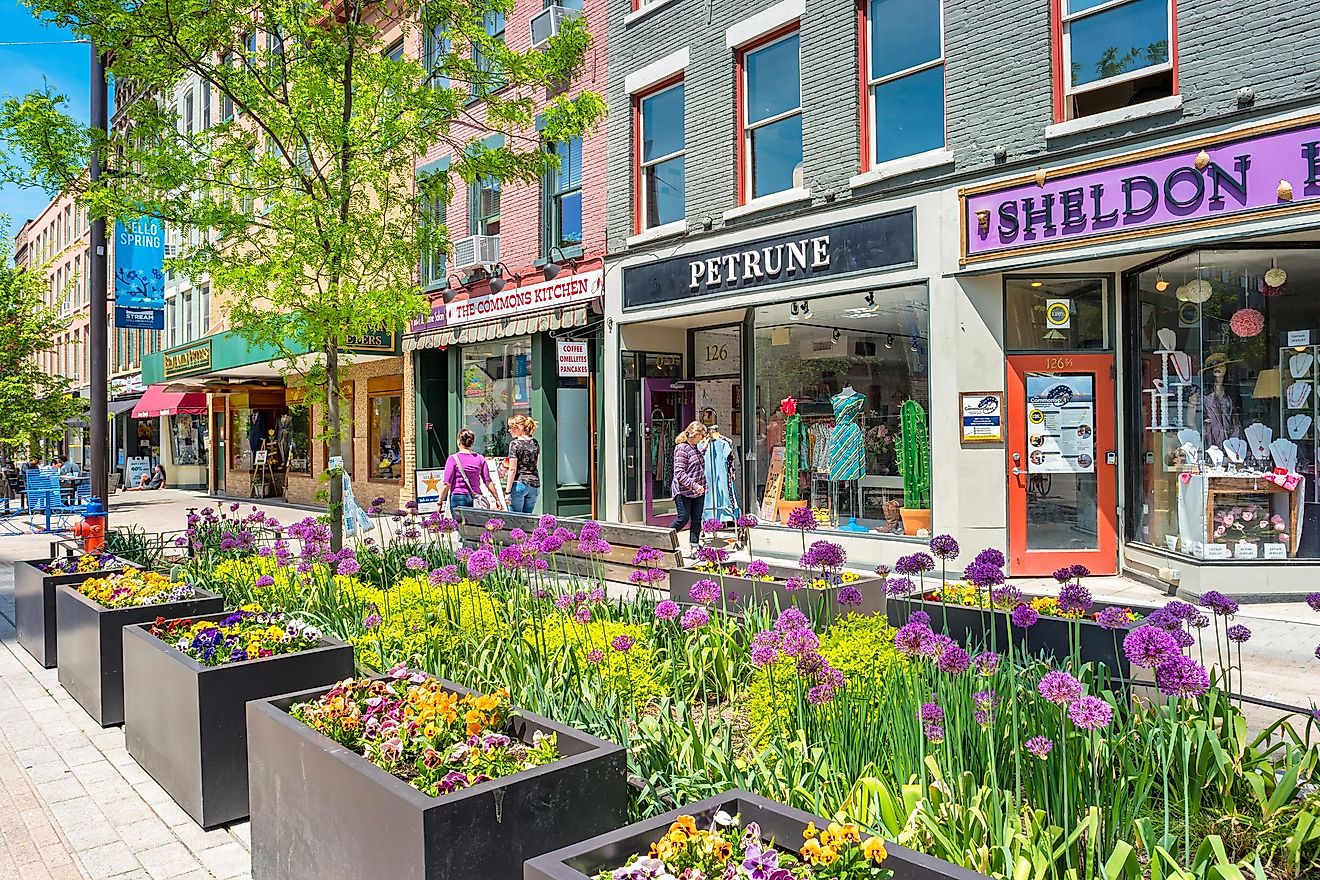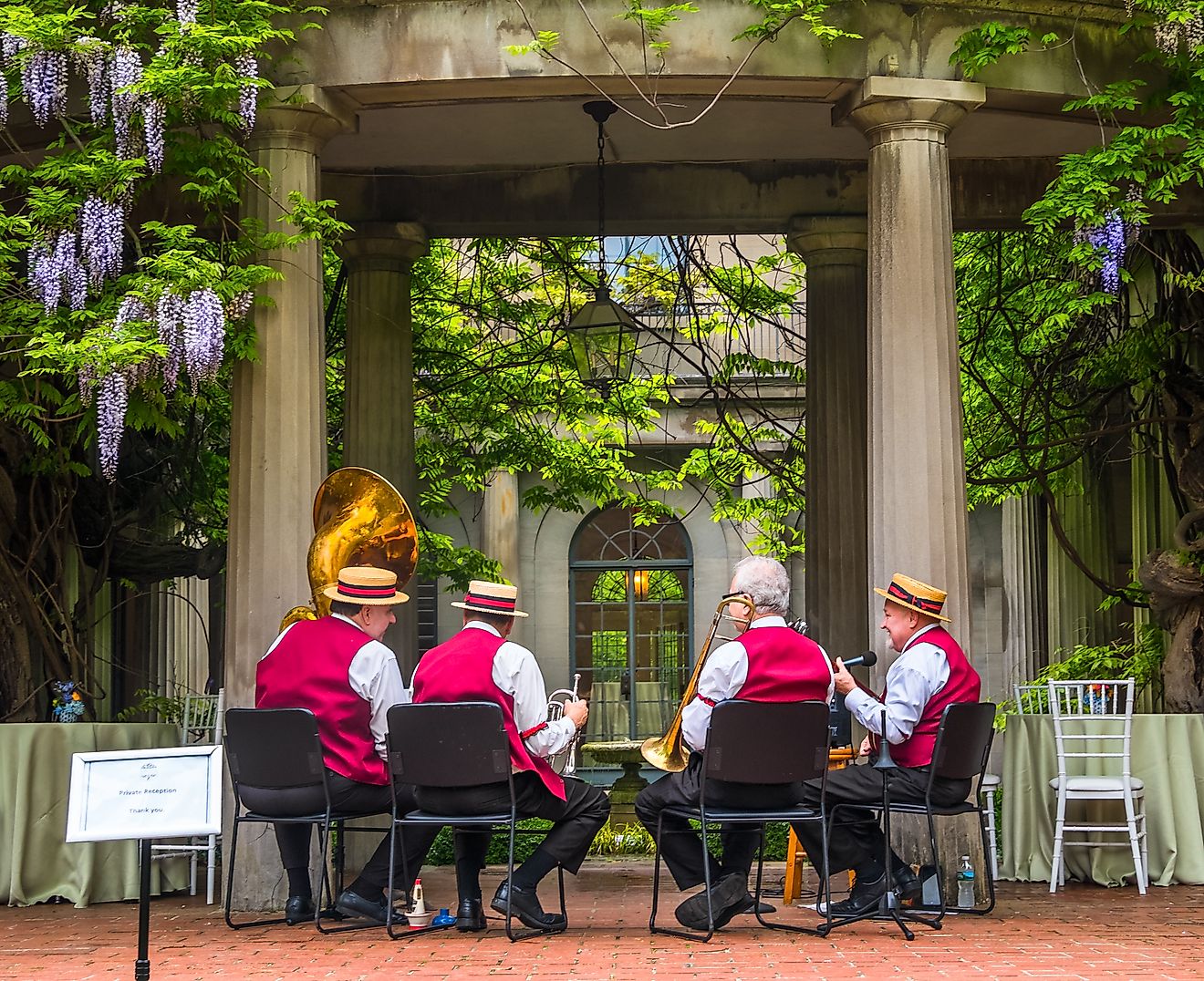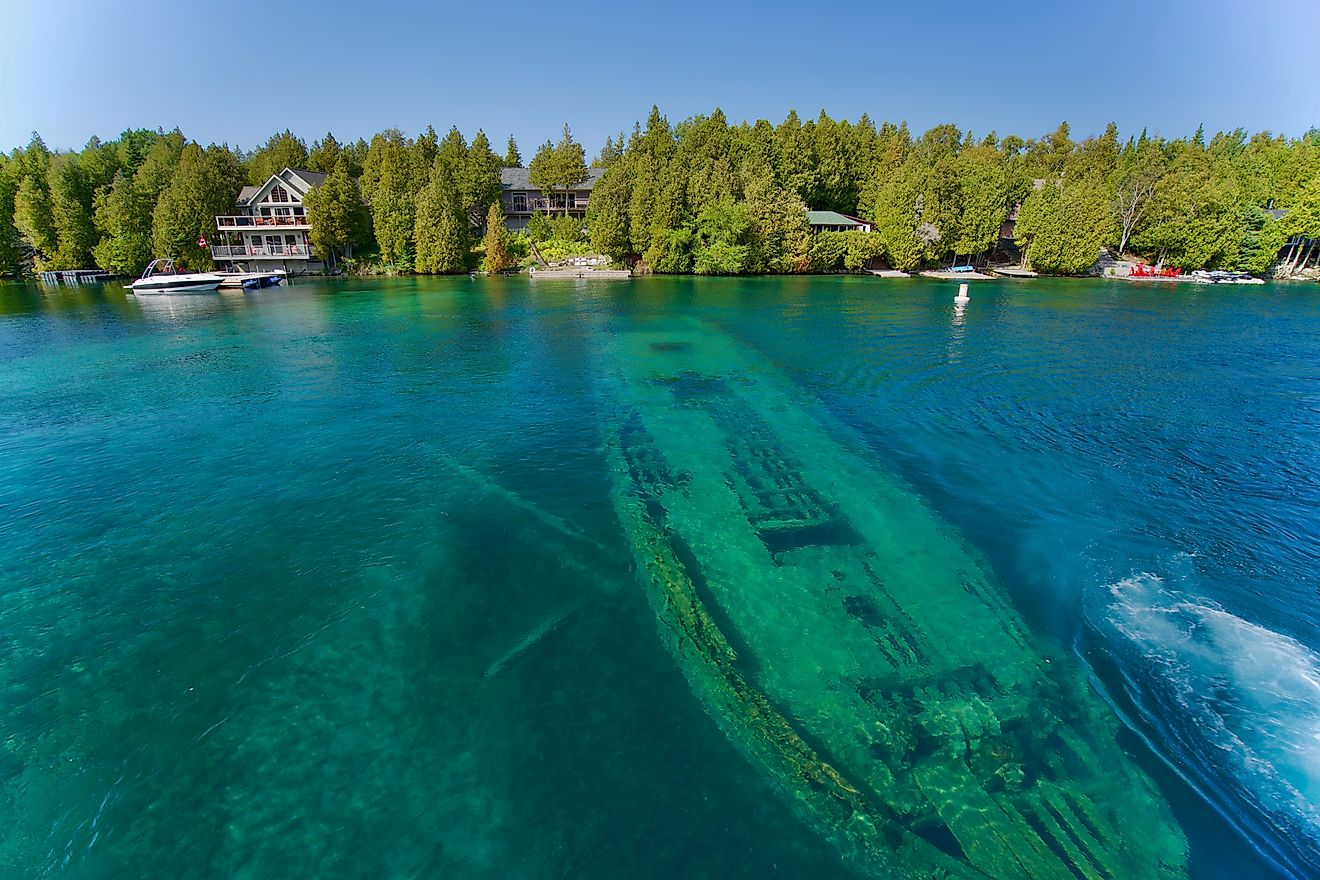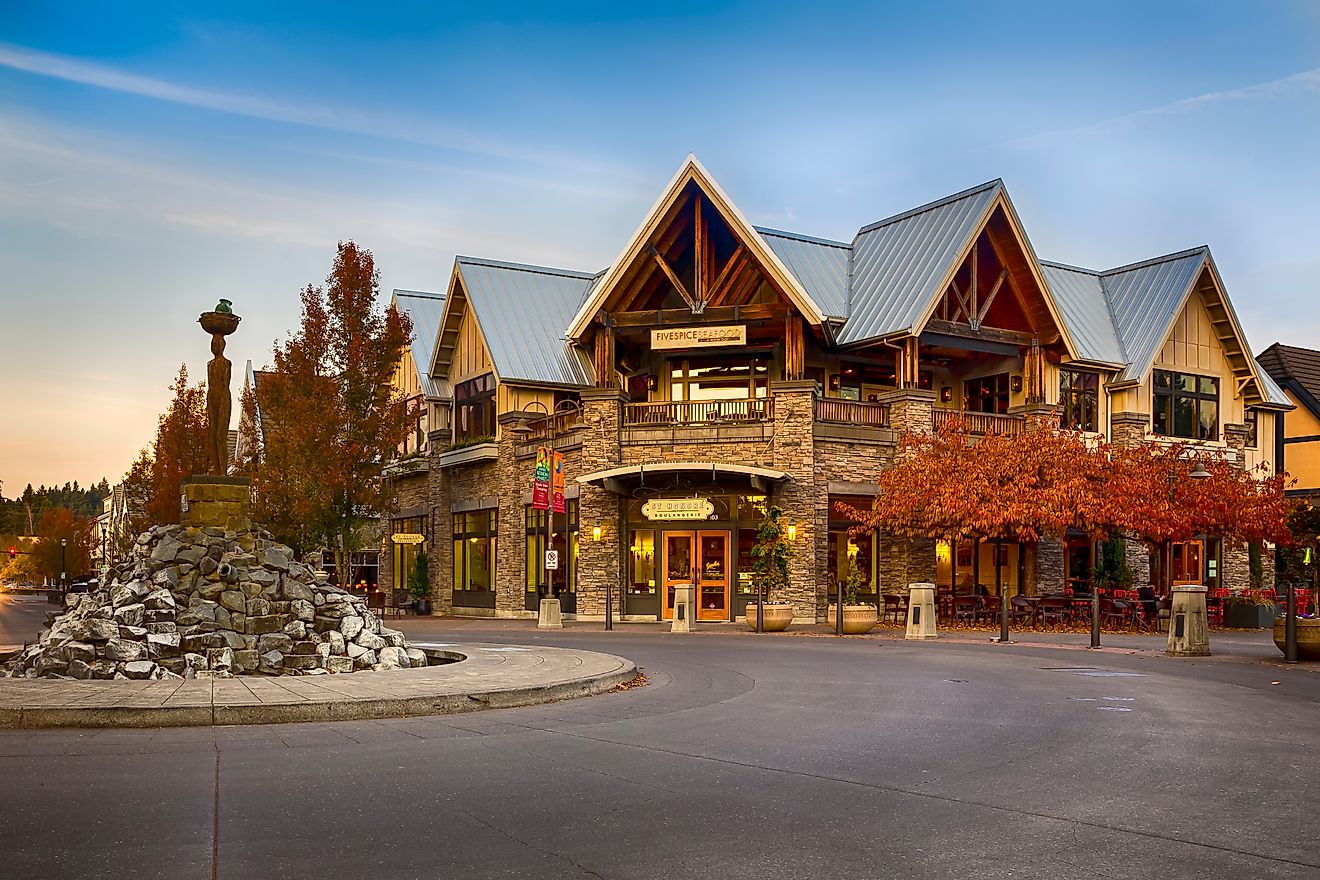
This Utah Town Is Older Than the State Itself
Years before Utah was recognized as a state in 1896, there was a town, already growing and making a name for itself. Ogden predates the arrival of Mormon pioneers and stands as the earliest recorded European-American settlement in the region. Over time, it shifted from a small fort into a structured community, eventually playing a central role in the growth of northern Utah. The town’s history offers a look at the state’s early heritage and the steady path from frontier to functioning city.
Indigenous History and Early Settlement
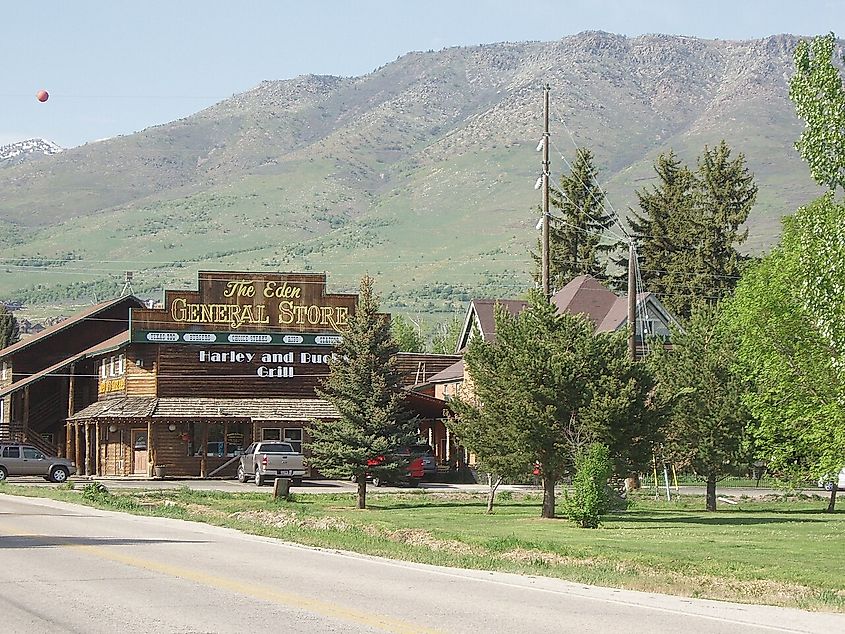
Long before Ogden was settled, Native American groups were using the land as their seasonal home, and had lived there for thousands of years. The Shoshone people, hunting animals like elk and deer, made Northern Utah their home, and by the 14th to 15th century, had become a prominent group in the area. They fished in local rivers and migrated according to seasons via established trails within Weber Canyon and neighboring valleys. In the early 19th century, Northern Shoshone bands, along with Ute groups, used the land for hunting and trade. Some bands held summer gatherings along the Weber River and in nearby valleys to exchange goods or build relationships with nearby tribes.
The settlement began in 1845 when mountain man Miles Goodyear built Fort Buenaventura. He selected a bend on the Weber River and constructed log buildings, animal enclosures, and a garden. His goal was to create a year-round trading post that served both travelers and local tribes, and Goodyear’s outpost became the first lasting non-Indigenous community in the Great Basin. In 1847, Mormon settlers bought the fort and surrounding land, starting the area’s transition from a fur trade site to a structured and growing settlement.
From Trading Post to Urban Center
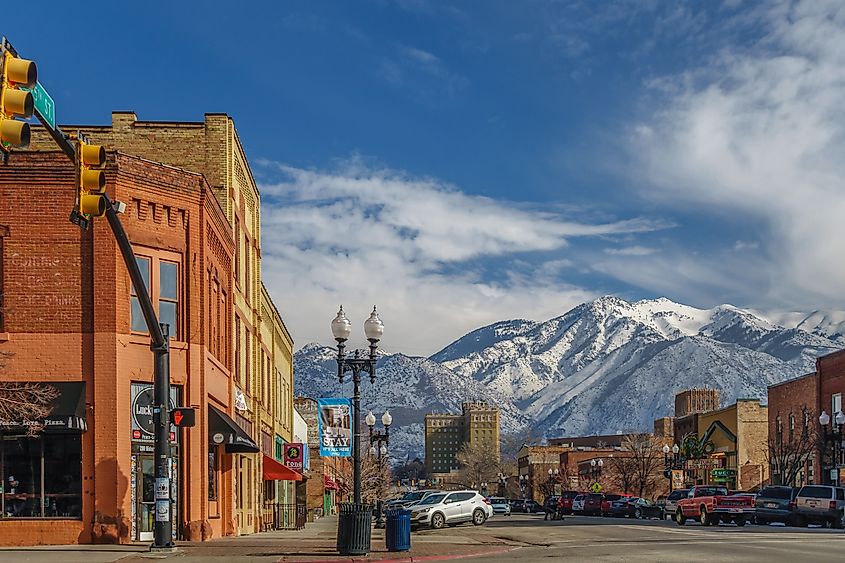
In 1847, after Mormon settlers acquired the fort, they began repurposing it by dismantling the old stockade, constructing log cabins, and establishing irrigation canals for farmlands. They set up small farms intending to build a self-reliable settlement. As the town grew, more and more people settled in the area. They built key places like churches and a variety of shops. These places turned into centers of worship and commerce for the growing town. By 1851, the community was incorporated under the name of Brownsville but was quickly renamed Ogden in honor of explorer Peter Skene Ogden, a trapper in service with Hudson’s Bay Company.
Over the following decades, the town remained modest in size but grew steadily. In 1869, however, the arrival of the transcontinental railroad changed everything. The train brought development for things like hotels and restaurants, and the city’s commercial center shifted toward the tracks. The railroad led to an influx of immigrant labor from countries such as China and Greece, influencing the workforce and culture in Ogden. At its peak, Ogden served as a central rail connection between eastern and western lines. So much train traffic was going through town that it became known as “Junction City." This status brought both economic growth and long-term national relevance.
By the early 1900s, modern developments like a streetcar system were introduced, while freight traffic remained steady showing progress within the city. As time went on, automotive technology advanced and paved roads started to spread. This meant Ogden's train economy declined, but the town adapted. Weber State, a public university that began as a church academy, expanded on the east bench, a raised area overlooking the city.
Ogden also supported a large military supply facility during wartime. The Ogden Arsenal and nearby Hill Field (later Hill Air Force Base) became major employers during World War II, with Hill AFB eventually growing into a cornerstone of the region’s economy. During the war, Ogden was a hub of activity, even providing housing for German and Italian prisoners who were kept in branch camps near town. At the same time, the area was a center for travel. At its peak, over a hundred passenger trains would come and go. After World War II, housing expanded south and east of the original town center and subdivisions grew to accommodate workers tied to Hill Air Force Base and the growing regional economy.
A Modern City
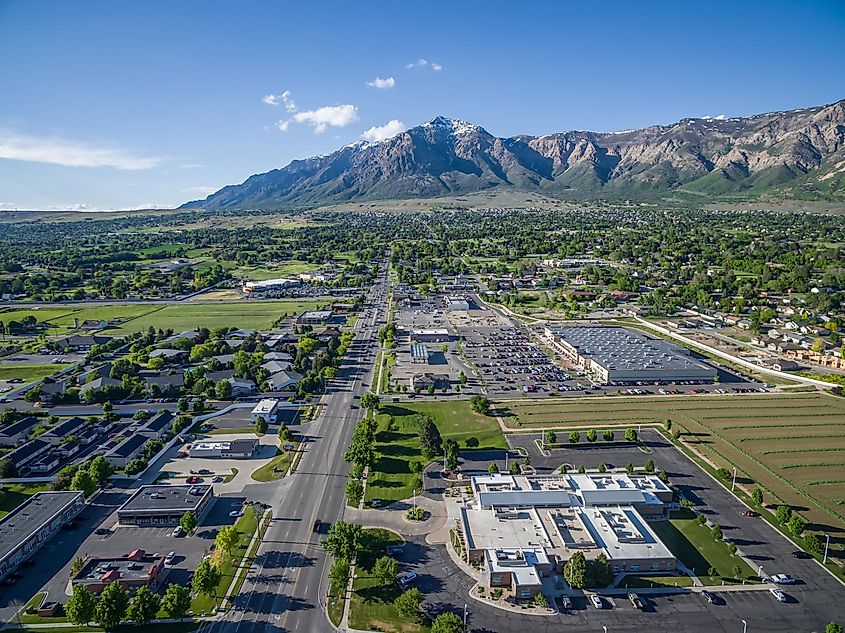
Nowadays, Ogden is home to around 87,300 residents, and its downtown core still centers around Union Station. This station hosts museums that offer tours of rail history, the lifestyle of the West, and military aviation. When you are in town, walk up the road to find Historic 25th Street. While it did not always have a stellar reputation, thanks to an abundance of gambling, bootlegging, and brothels at the start of the 20th century, public efforts helped turn it into restored business and a cultural district over time. Now, it cheerfully displays renovated structures from the late 1800s, and these buildings house a variety of businesses. Among them, you can find drinks at Roosters Brewing, look for local art at the Monarch, or check out a live show at the Ogden Amphitheater.
You can also explore the great outdoors at Ogden Canyon, located to the east of town in the stunning Wasatch Mountains. It provides a link between the city and Pineview Reservoir, where visitors can enjoy fishing and a range of water sports. The Ogden River Parkway also runs from the mouth of Odgen Canyon through town and is paved for convenience, offering a pleasant commute and accessibility to several parks such as Big Dee Sports Park along with Ogden Botanical Gardens.
Weber State University still sits at the base of the mountains and hosts a range of performanes at the Val A. Browning Center for the Performing Arts, as well as NCAA basketball tournaments and other major events at Dee Events Center. Southwest of the city, Hill Aerospace Museum displays aircraft from multiple eras and reflects the area’s long connection to Hill Air Force Base. Ogden today is shaped by both its geography and its institutions. The city remains tied to its history, its trade, and the outdoors, but its identity has expanded to include education, the arts, and so much more.
Then And Now
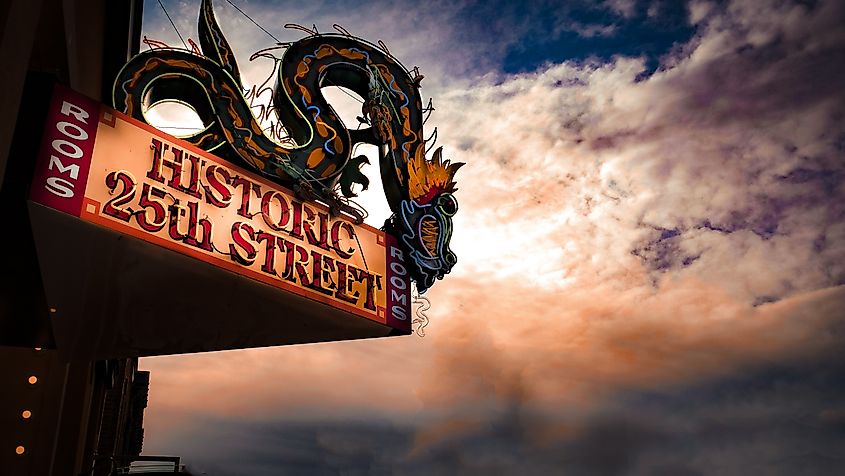
Founded in 1845, over fifty years before Utah became a state in 1896, Ogden has roots that run deeper than any other established town in the region. It began along the Weber River, where Shoshone bands once traveled, and where a fur trapper built a fort with a big future in Utah history. From there, it grew through farming, railroads, and later, defense and education. While its streets were once lined with blacksmith shops and boarding houses, now it is home to places like museums, breweries, and university lecture halls. The town has evolved, but its historic style is part of what makes the town feel special, and its long history is still a big part of what, and who, it is today.
